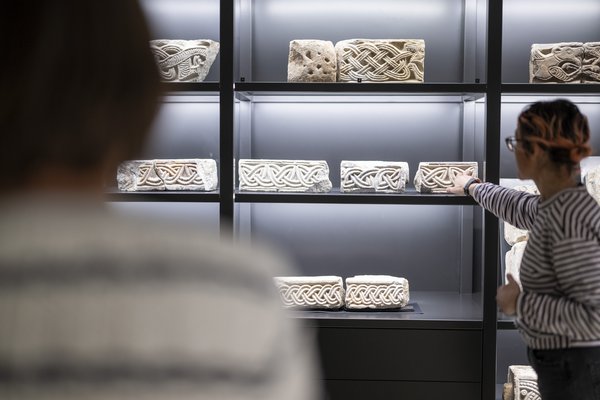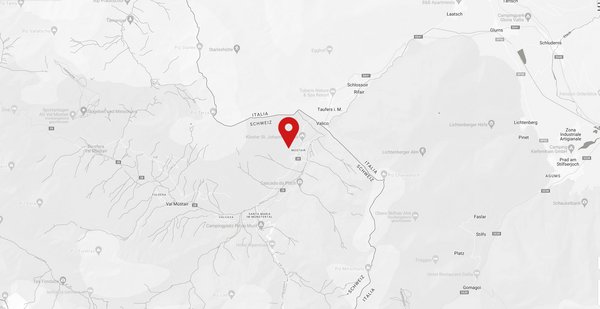
Precise restoration work not only preserves the convent’s architectural and artistic treasures, but also its historical integrity. This work plays a key role in maintaining the originality and authenticity of the cultural assets and architectural features that characterise the convent. They also help preserve the site as a lively cultural centre and offer visitors from all over the world a unique historical experience. Restoration and conservation thus make a significant contribution to efforts to value and preserve the cultural heritage of the convent.
Preservation through knowledge
Restoration and conservation are closely linked to science and scholarship. Collaboration between conservators and scientists yields new insights into materials, techniques and historical contexts. This interdisciplinary approach not only enriches restoration practice, but also broadens our understanding of the history and significance of the convent. Restoration and conservation work is therefore not only an act of preservation, but also a contribution to the expansion of knowledge about this important cultural heritage.
International prospects
International cooperation is crucial to the restoration of the Benedictine Convent of St John at Müstair. The exchange of expertise and resources with restorers worldwide improves the quality of the work. This collaboration not only promotes intercultural exchange, but also boosts international recognition of the convent as an important cultural heritage.
SAVAIR Centre at the Benedictine Convent of St John at Müstair UNESCO World Heritage Site
The 1250-year-old convent complex in Müstair is the most important early mediaeval archaeological excavation and building research site in Europe.
SAVAIR Centre
















